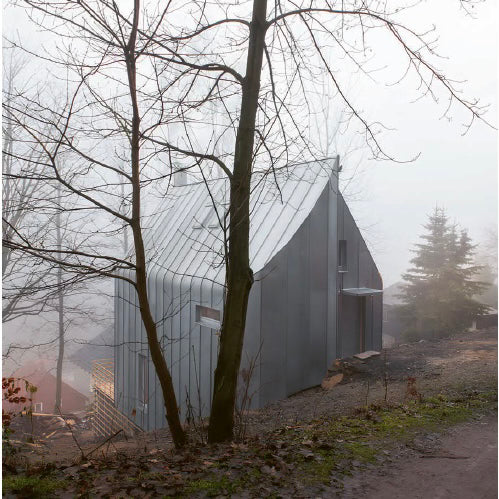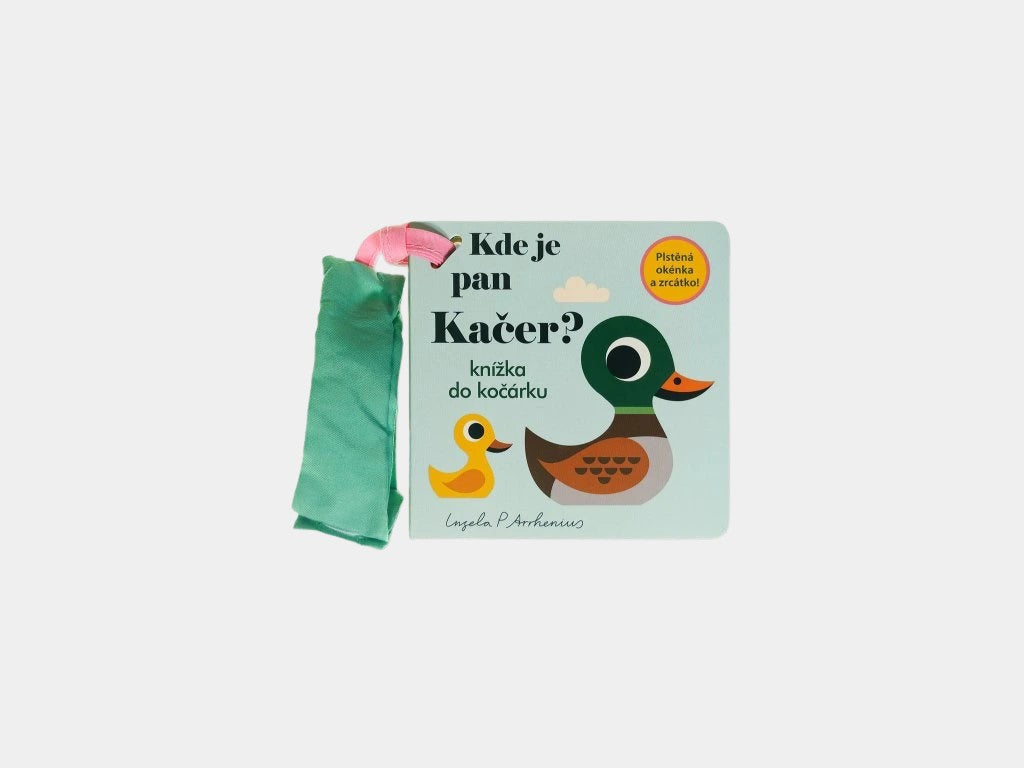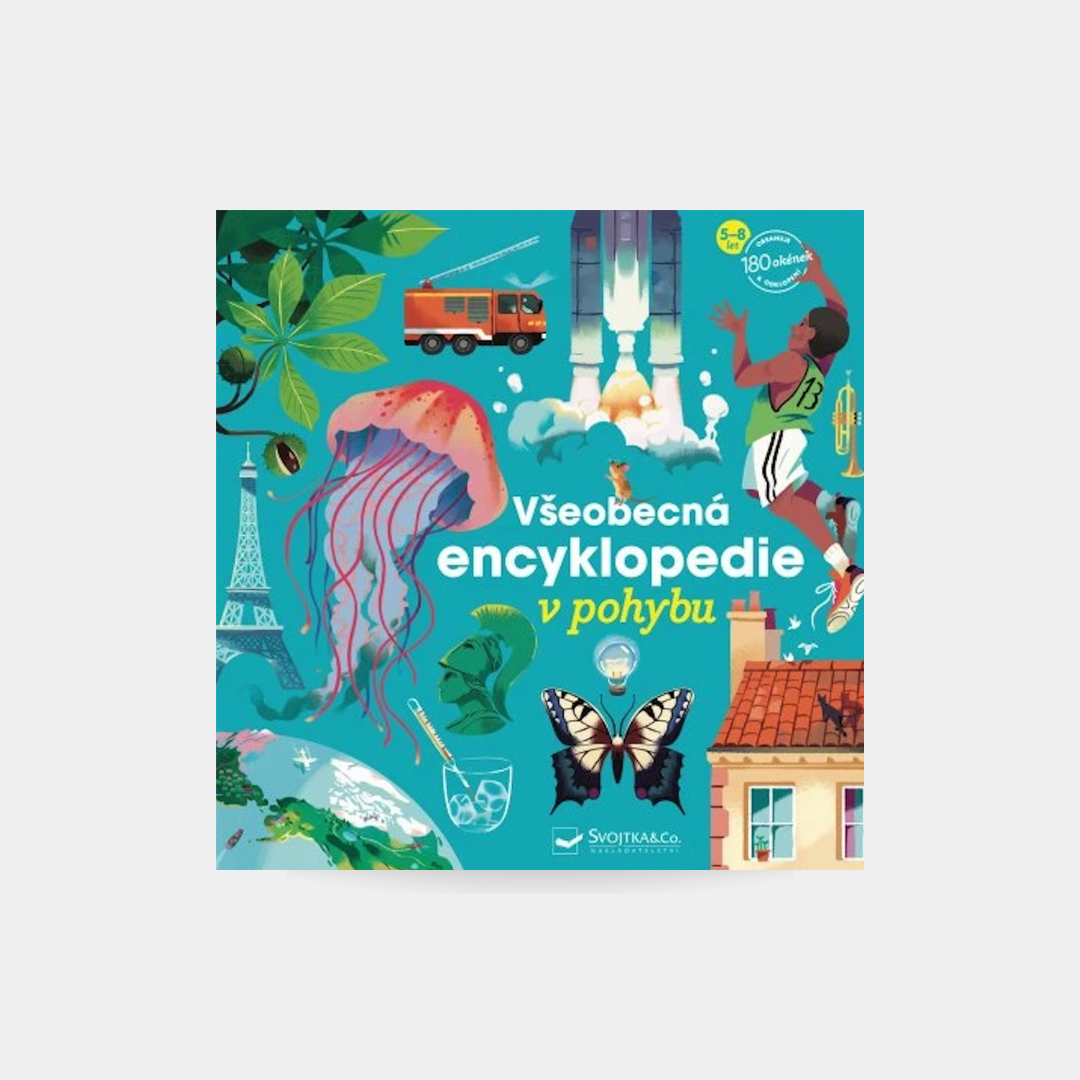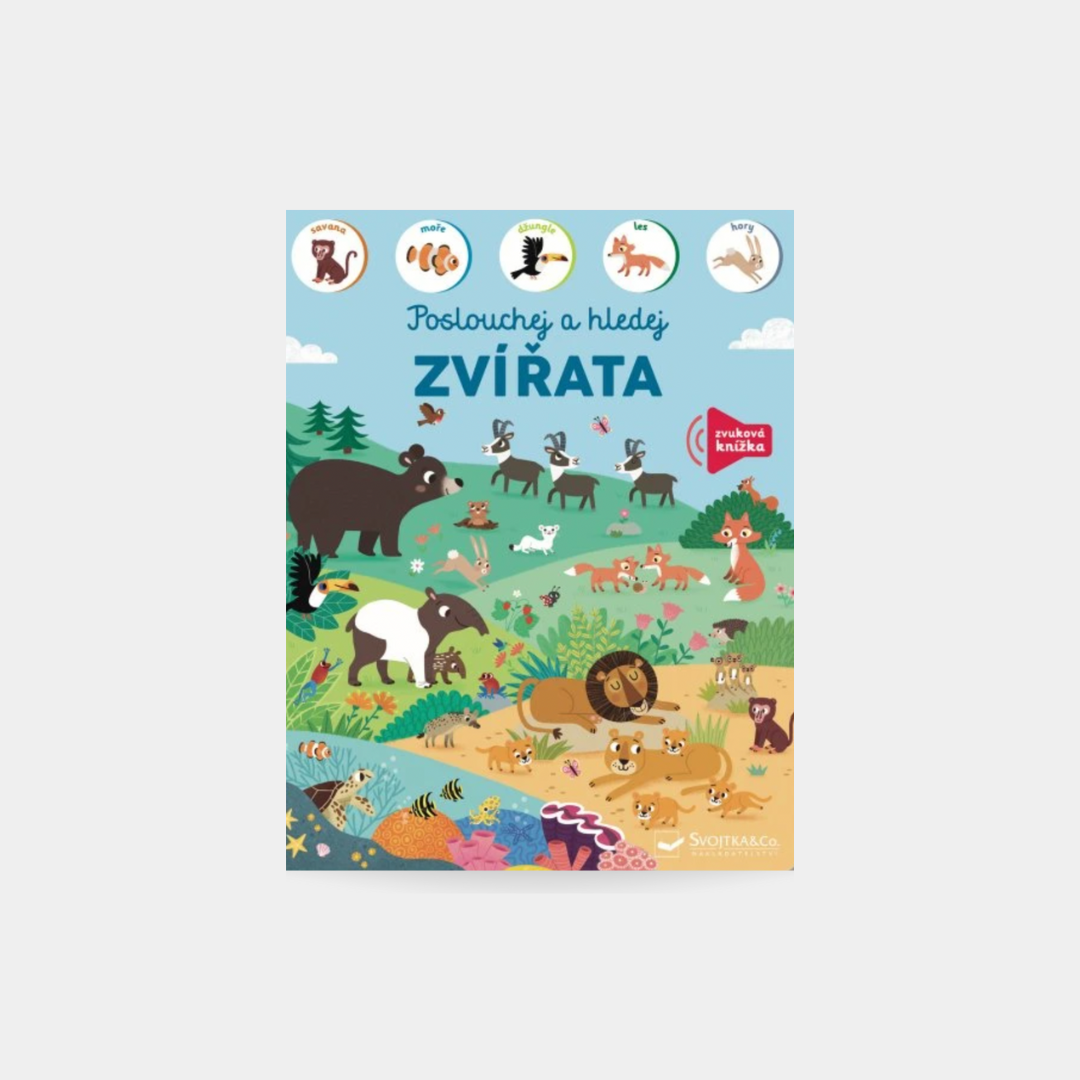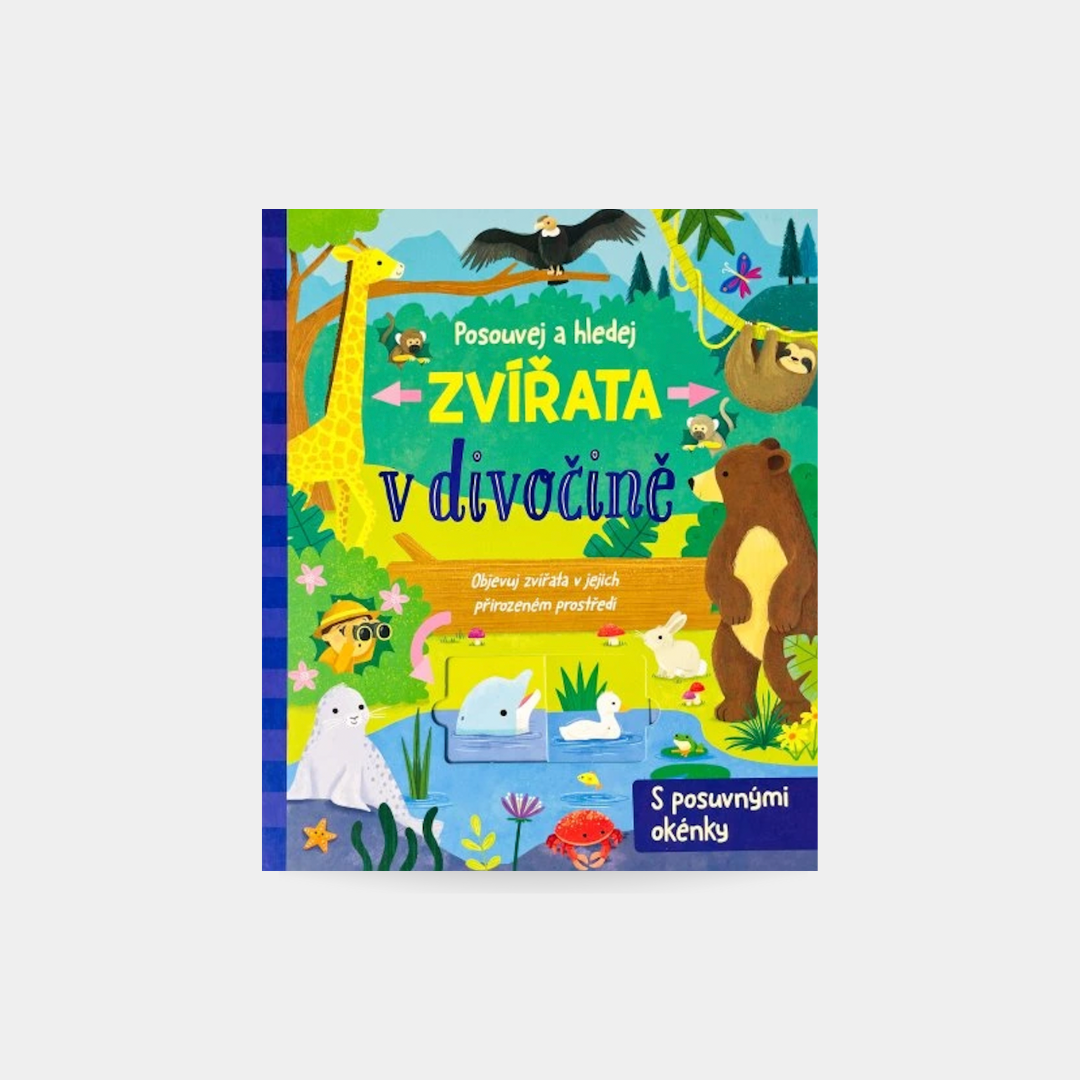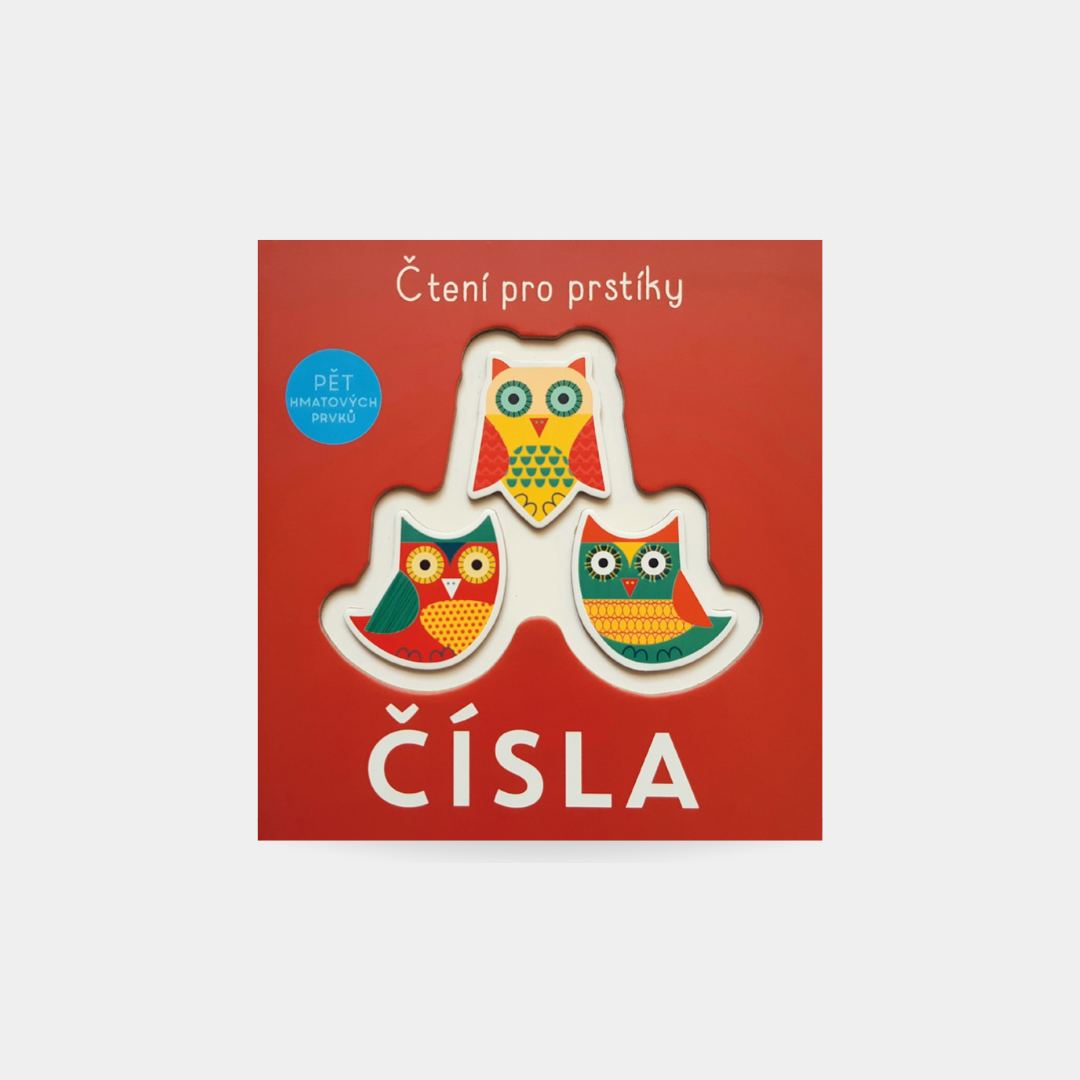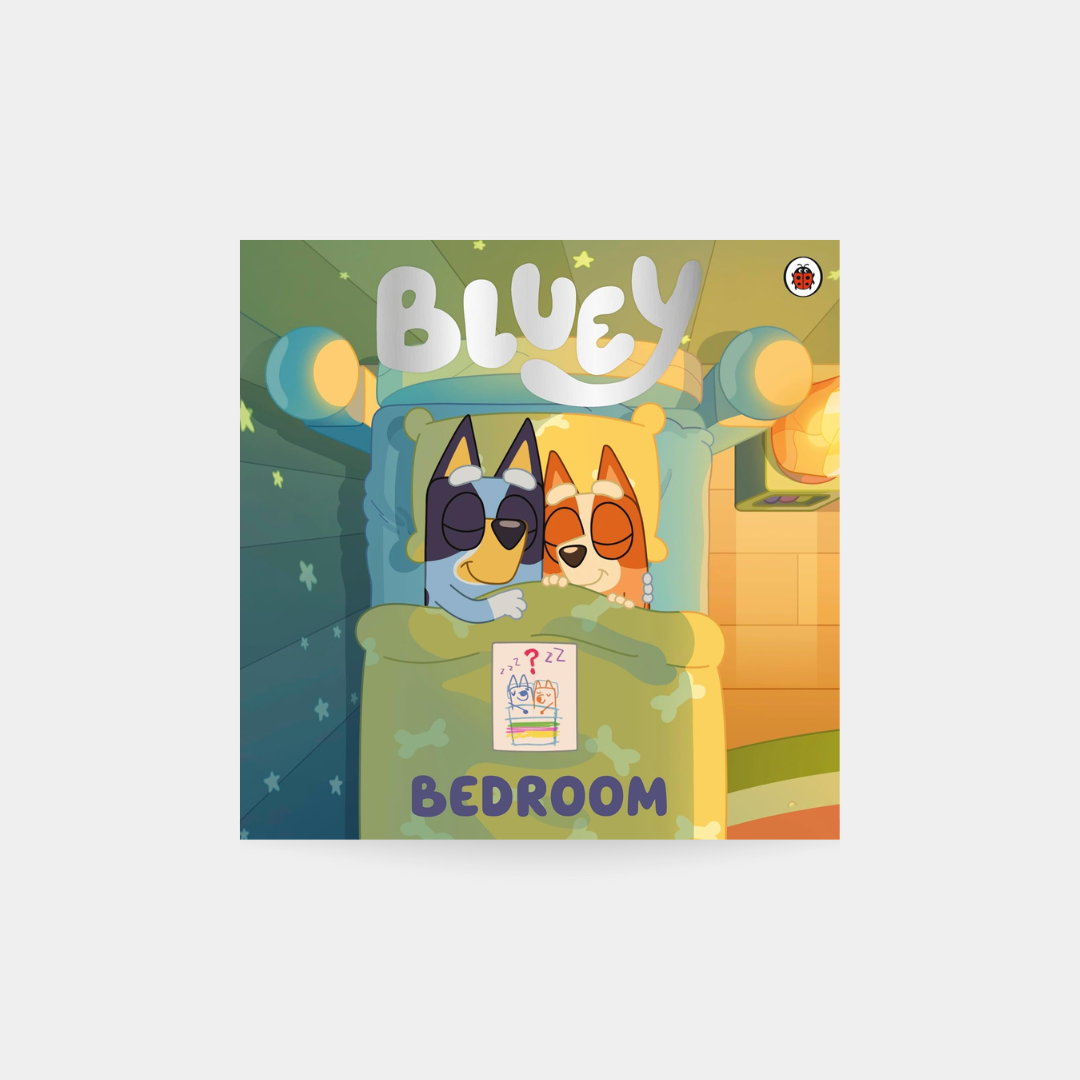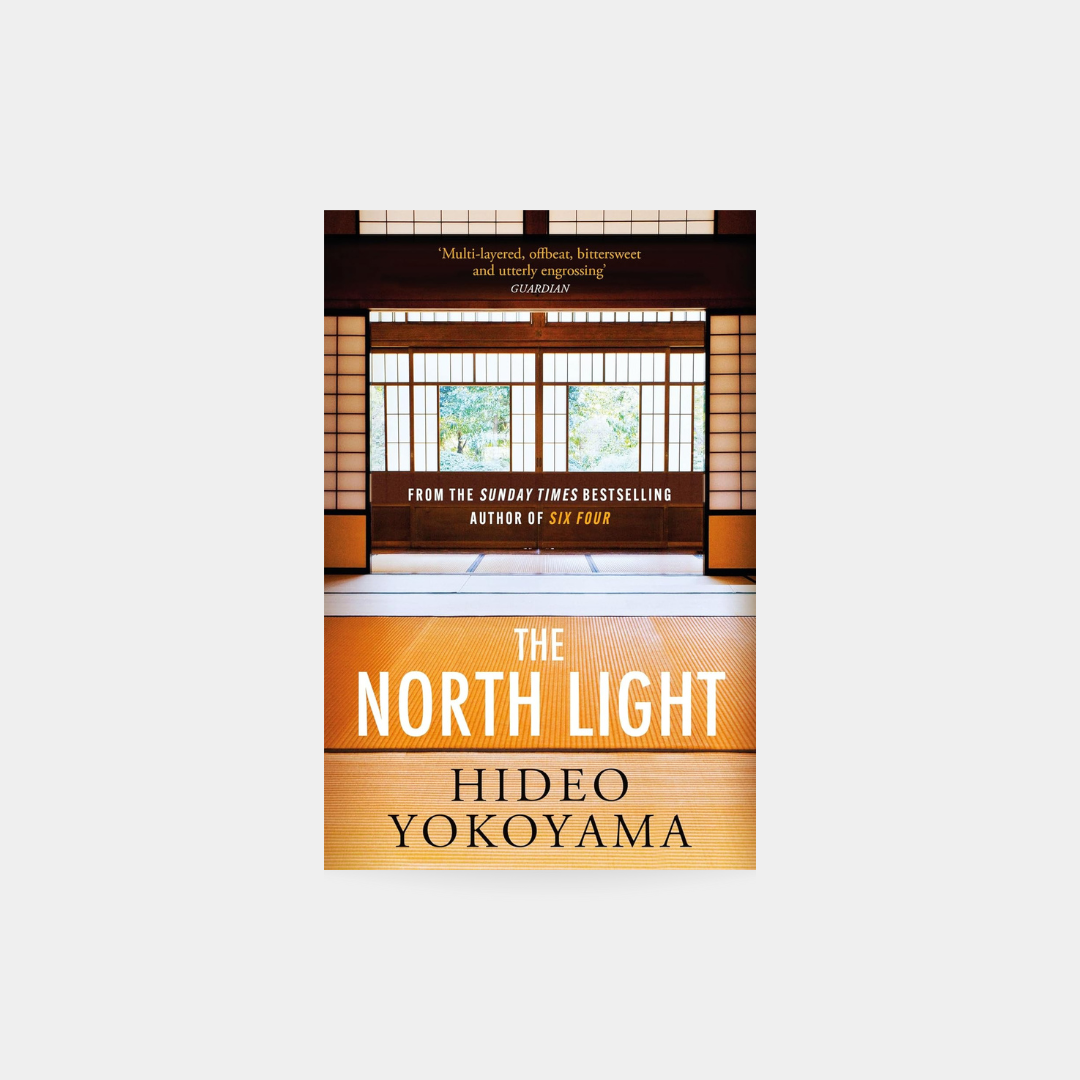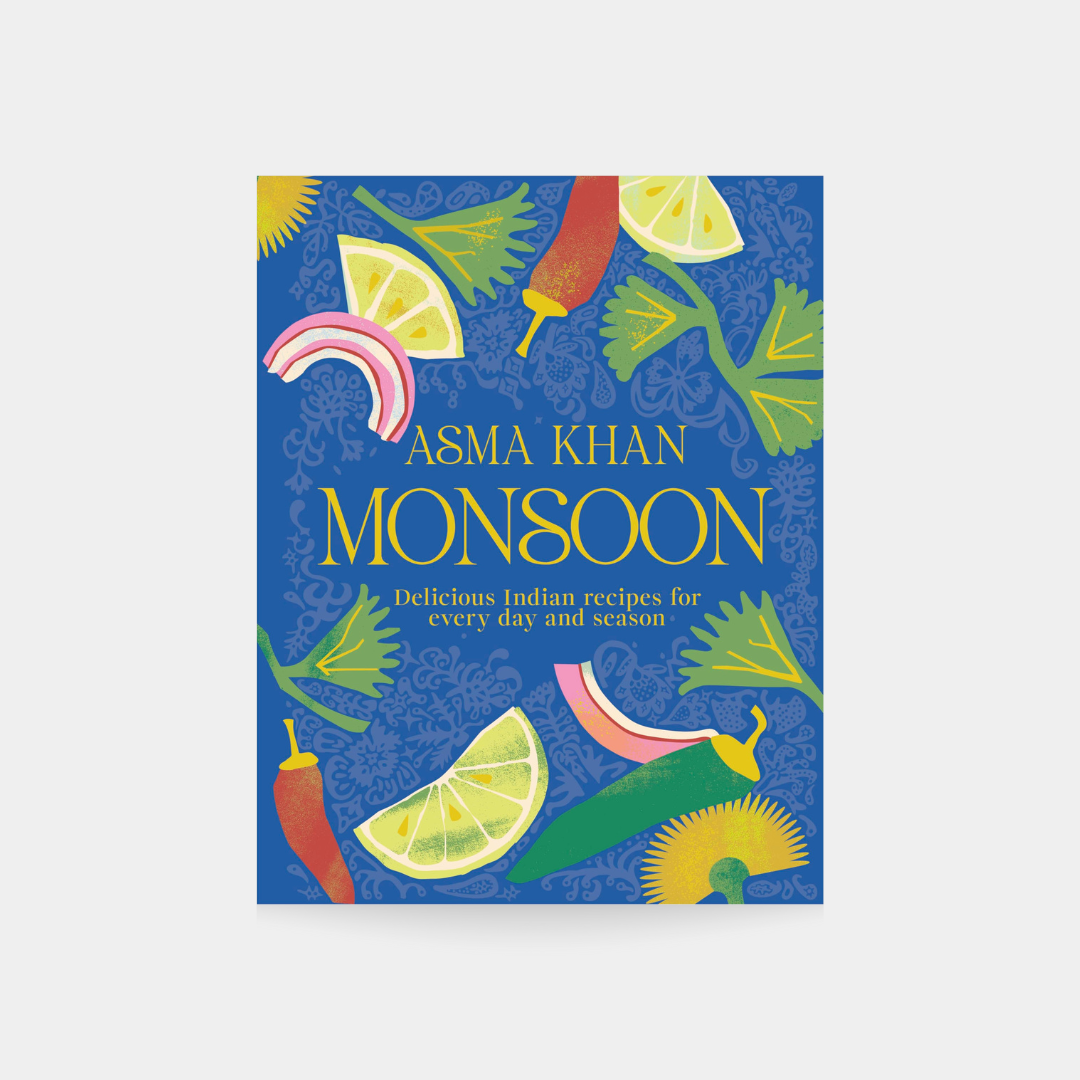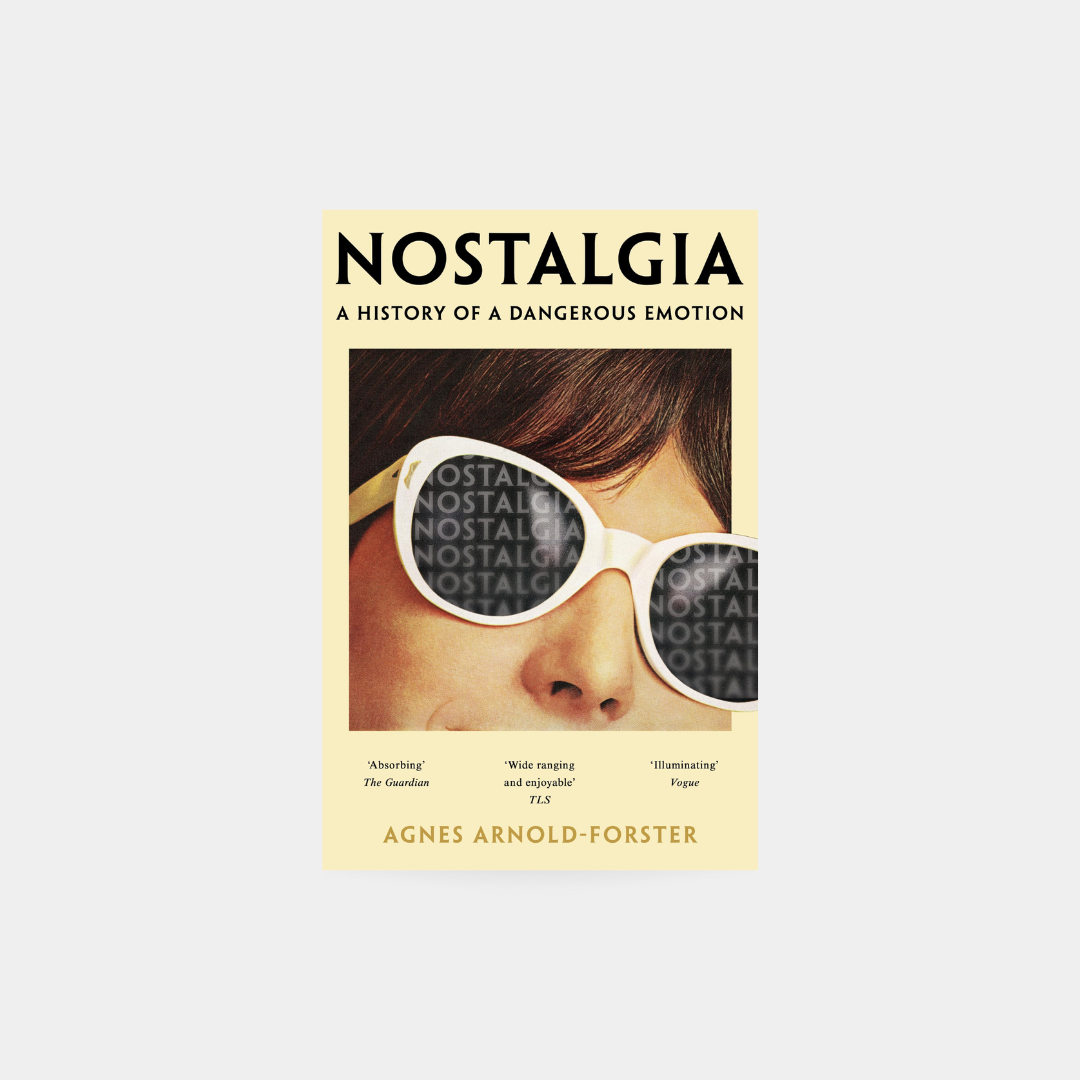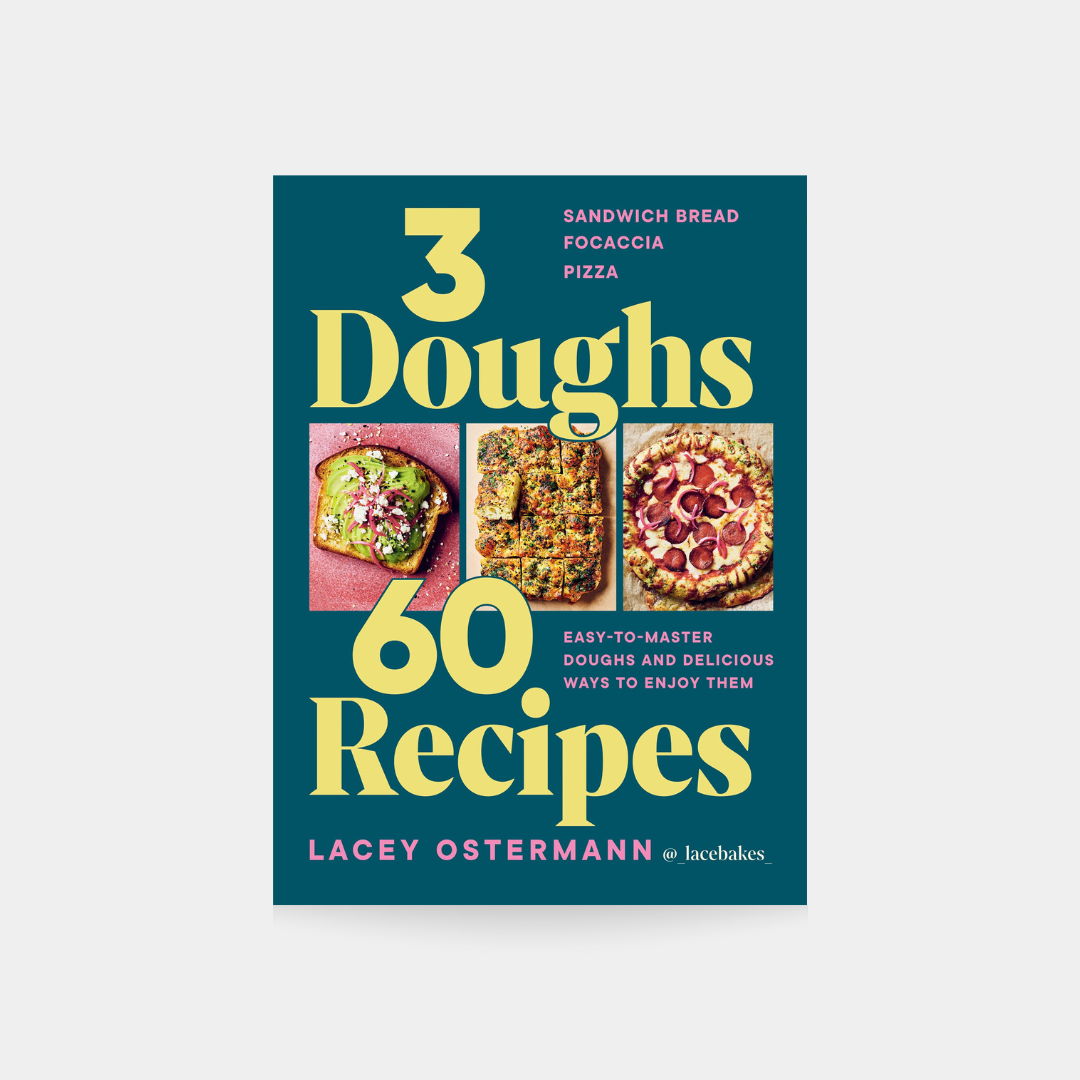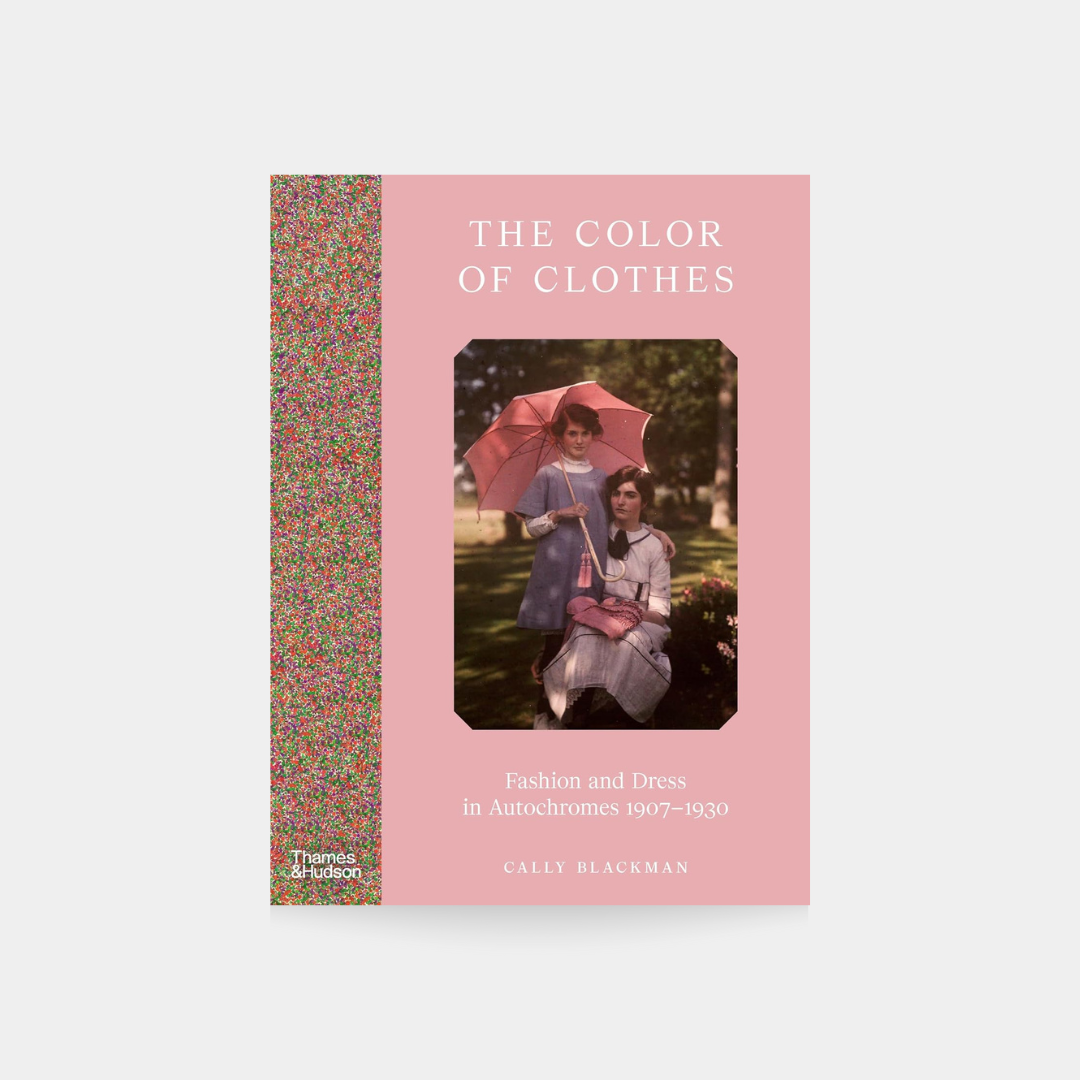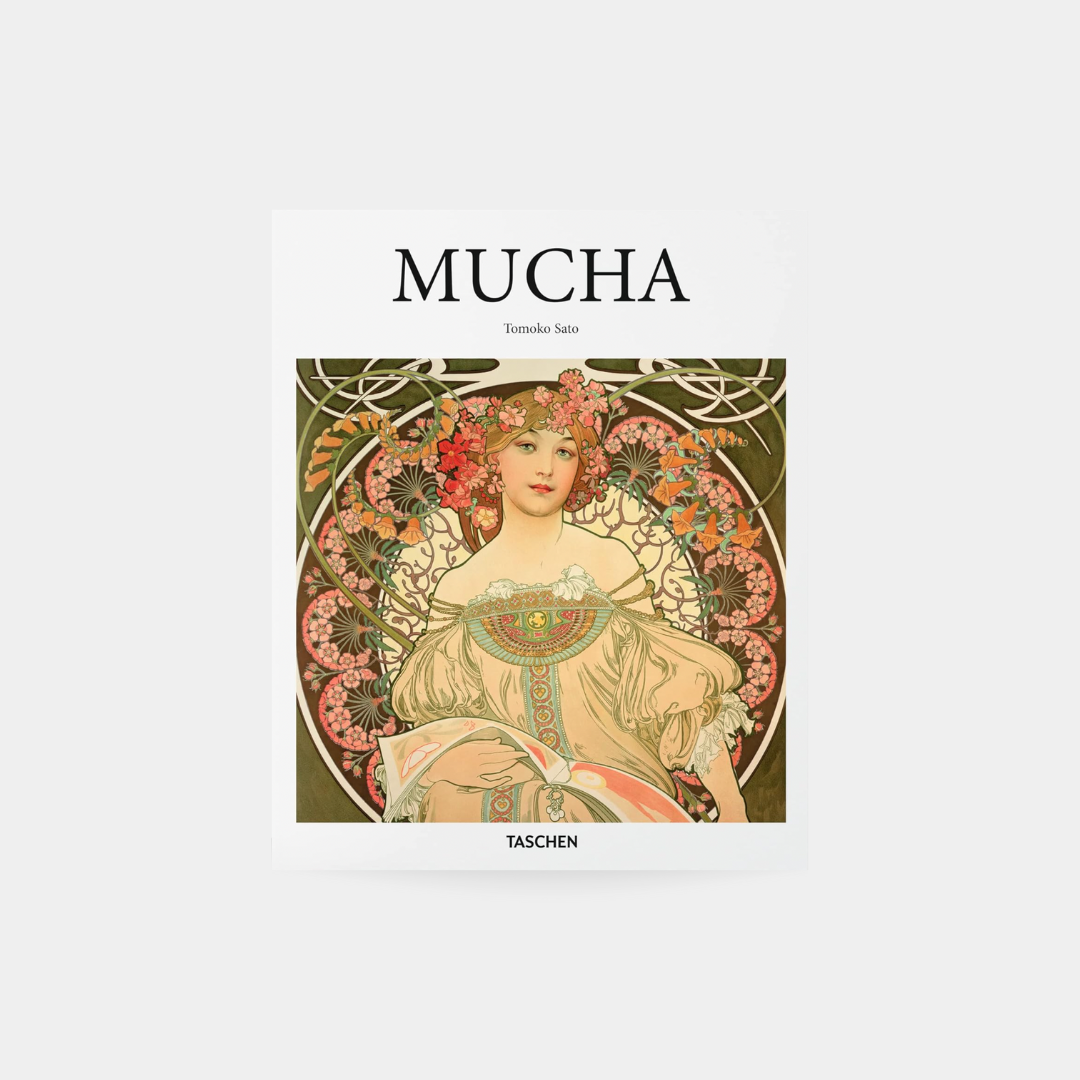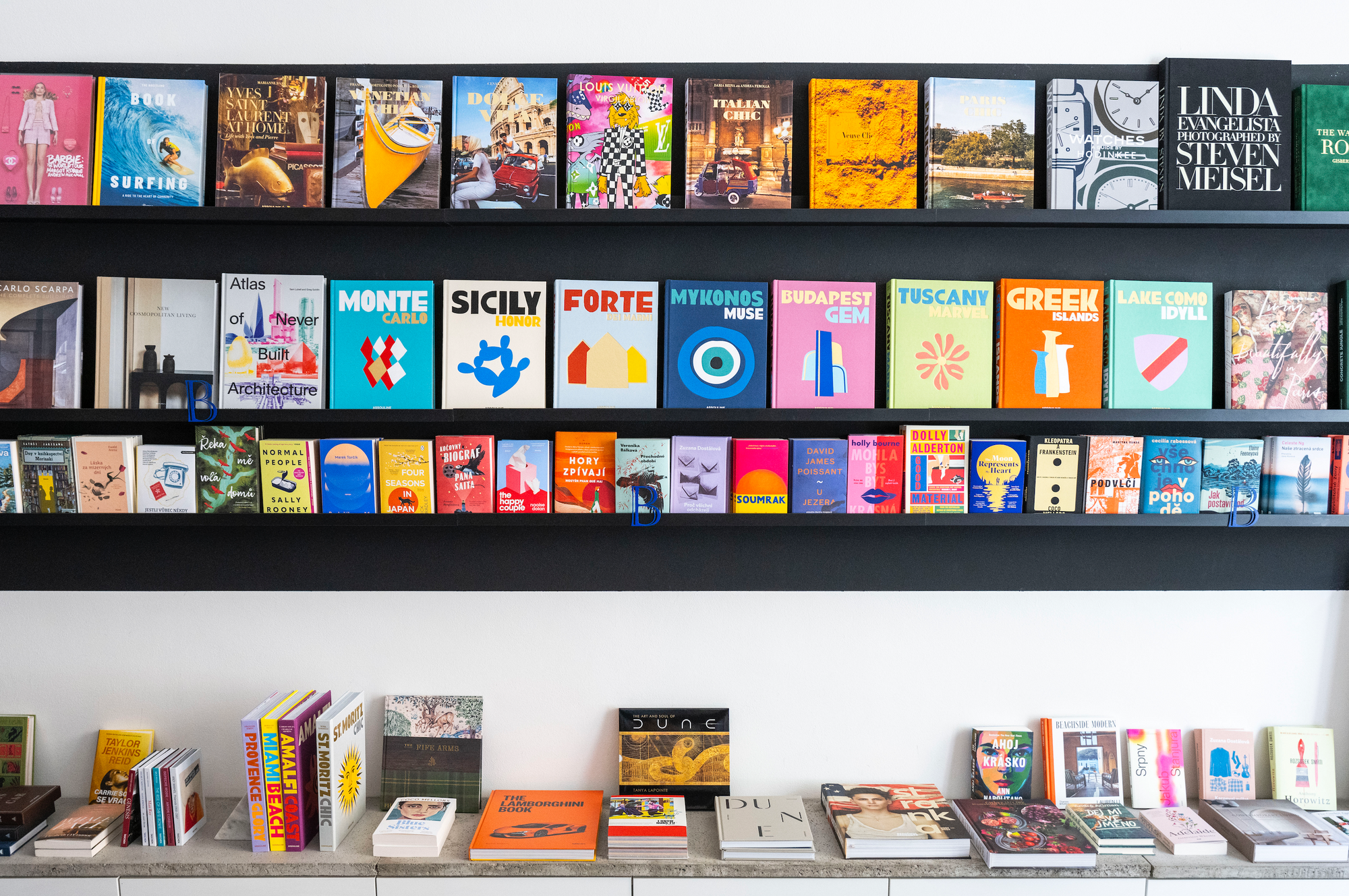“During the height of Covid, people realized it’s quite nice to have someone to come home to,” says Joann Plockova, the author of Come Together: The Architecture of Multigenerational Living.
We at Book Therapy are thrilled about Come Together. Not only because it’s a brilliant book, delightful to read or just browse through, as so many Gestalten titles are, but also because it’s Joan Plockova’s first book. And we love Joann.
Perhaps you already know Joann, a design and travel journalist, based in Prague. Her texts are to be found in The New York Times, Monocle, Condé Nast Traveller, and she also contributed to the Louis Vuitton City Guide to Prague or even another new book you can find at Book Therapy – Country and Cozy.
Here, she talks about Come Together. What more can we say? Get it while it’s hot!
Why do you think more and more people now prefer living together under one roof with their relatives?
Well, I think Covid has further brought to light one of the most important reasons, which is isolation, loneliness. Household makeups have changed, and more and more people live alone.
During the height of Covid when people felt this isolation even more, they realized it’s quite nice to have someone to come home to, someone to have a chat with or just be with, share life’s little moments in real time.
And multigenerational living also offers the benefit of shared care. Adult children can take care of their parents. Grandparents can help with childcare, which is very expensive in many countries as is senior care. And together families can also potentially benefit from cost savings and share well designed homes that might not be accessible to them on their own. Not to mention, enrich their relationships.

What do you consider the biggest challenge for such families?
Setting boundaries from the start. Otherwise, there is potential for family members to cross those boundaries and annoy one another, make the living situation unpleasant. Just because you’ve decided to share a home, doesn’t mean that you can’t continue living your own lives. In fact, you must for the arrangement to work. As one of the homeowners says in the book: “I don’t think it can be a free-for-all.”
Just like multigenerational home design, which help support this, there has to be borders in relationships between private time and time to come together.
And then of course there are many families who are forced together not by choice, but necessity. So, from the start there is tension, and they are usually just making the best out of a home that was not purpose-built for multigenerational living.
What would be your best piece of advice for those who would like to create a home suitable for multiple generations?
Design for flexibility. This is what the architects I spoke with communicated repeatedly. Flexibility. Spaces that are designed to evolve with the generations today and tomorrow to meet everyone’s needs. So, use different elements like a sliding door that allow family members to choose privacy when they need it, and a more open, social home when they desire that. And homes that can be easily adjusted to accommodate multigenerational families as they grow and change. For example, a grandparent’s suite that can easily transform to an office space or a flat for an adult child who returns home.

What was the most surprising thing you found out while working on this book?
I would say the thing that delighted me the most is that multigenerational homes can even be thought beyond our families. They can serve as sources of income. We can rent portions of them out, for example, or use them for our businesses. So, like in case of a home featured in the book called Shotgun Chameleon, located in Houston, Texas in the United States, we can even use that income to fund the house.
And family members can cycle through the homes in different phases of their lives, so they are truly multigenerational, able to be inhabited for years to come.
This makes them a sustainable solution, and in some senses even a circular one, which is a big topic today.
Are we, the Czechs, in any way special when it comes to living with our family under one roof? Are there any characteristics that differ us from other nations?
I can only speak to this as someone who is not Czech by birth but married to a Czech and living in the country for many years. My husband grew up sharing a home with his maternal grandmother and I think as a result he had a very special relationship with her. I believe he had friends who had the same experience, so comparing it to the United States, where I am from originally, it is perhaps more common or accepted. And my in-laws – my husband’s parents – and my sister-in-law and her family, including my brother-in-law and two nieces, share a multigenerational home together here in the Czech Republic, so I have the benefit of spending many weekends and holidays there. My husband and I even lived there for a few months when our flat was being reconstructed. I don’t see much difference. The same “rules”, so to speak, apply.
I believe for all of us, my Czech family, the opportunity to come together in that home has brought some lovely moments and memories. But everyone is happy to have their own space to go to when they need it too.

I also wrote about a multigenerational home in the Czech Republic designed by DDAAAN. It is not in the book; this was for Azure magazine. In terms of design, it has the necessary balance of shared space and private space, designed specifically for the particular generation who is inhabiting that personal space – accessible space for grandparents, more private space for the parents, a playful space for the kids.




